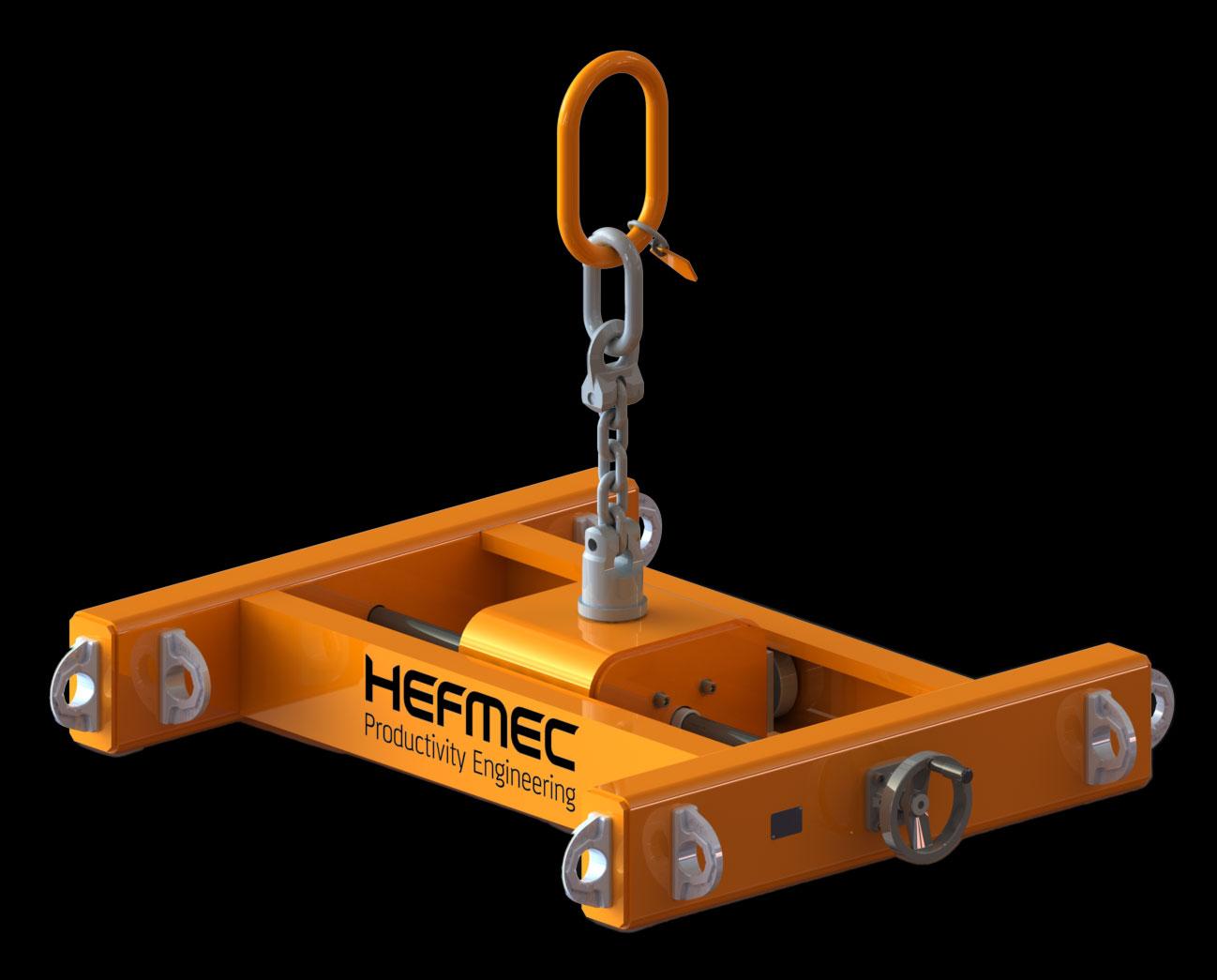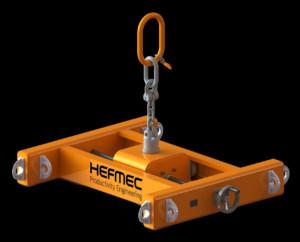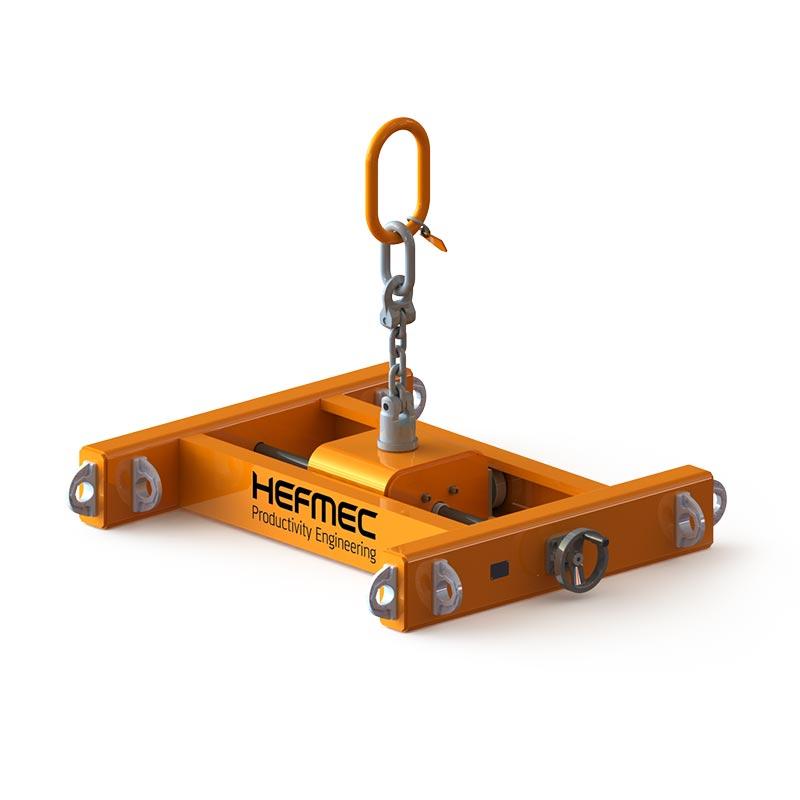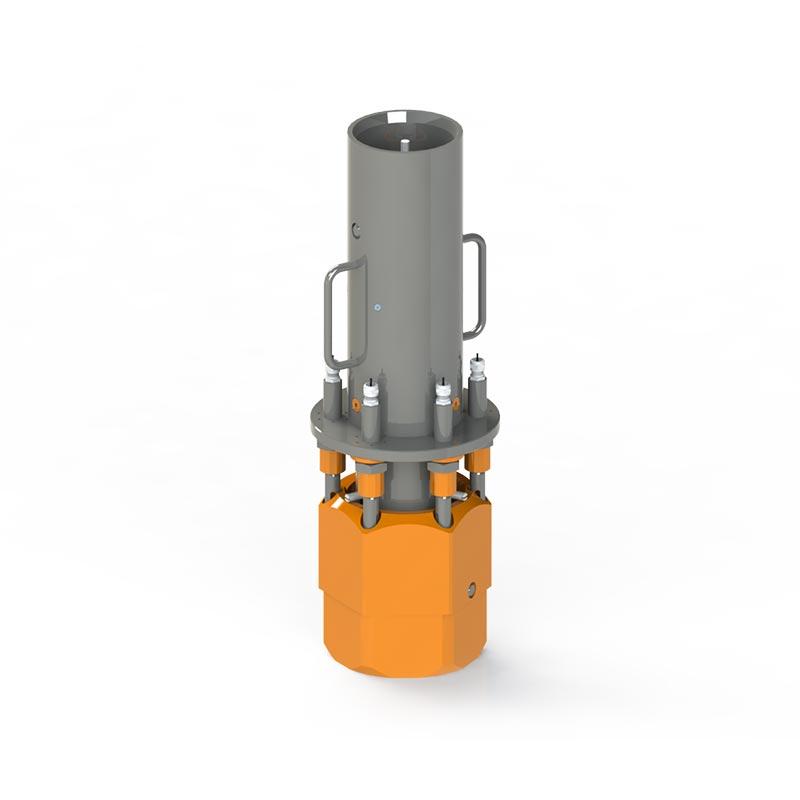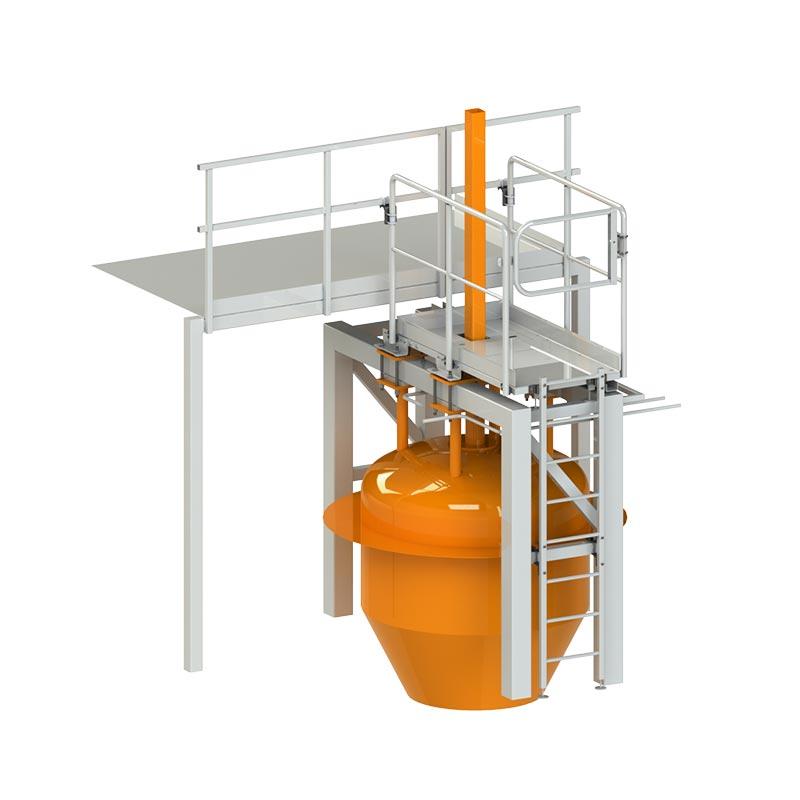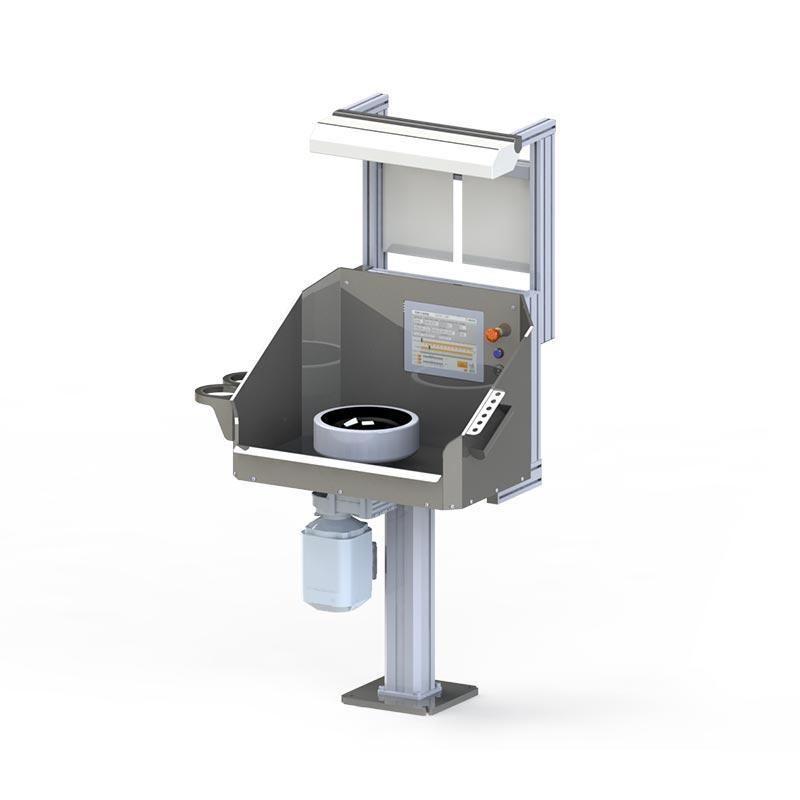Adjustable and fixed lifting beams differ significantly from a project perspective. An adjustable lifting beam allows the lifting points to be moved to different locations, making it versatile for loads of different sizes. A fixed beam, on the other hand, is designed for a specific size of load and has lifting points in fixed positions. The choice between the two has a direct impact on the cost, schedule and flexibility of the project.
What are adjustable and fixed lifting beams for industrial projects?
Lifting beams are a key lifting tool for industry, enabling safe and efficient handling of loads. They are attached to cranes or other lifting equipment and can be used to lift long, wide or asymmetrical objects in a balanced manner.
With adjustable lifting beams, such as the OptiBeam range, the lifting points can be moved along the length of the beam. This allows the same lifting beam to be used for different sizes and shapes of pieces. Adjustment of the lifting points is often done without tools, and the integrated measuring scale makes it easy to make precise adjustments.
Fixed lifting beams, such as FixedBeam models, are designed for repetitive lifting tasks where the pieces to be handled are of the same size. Their simple design makes operation fast and reliable. Fixed beams can be dimensioned for loads up to 200 tonnes and are particularly suitable for lifting pipe, cylinder and concrete products.
The role of lifting beams in the development of production technology is significant. They improve safety at work, speed up material handling and reduce the number of people needed for lifting. In mechanical engineering projects, crane beams allow safe installation and maintenance of large components.
How does the choice of lifting beam affect the cost and schedule of the project?
The choice of lifting beam affects the total cost of the project on several levels. Adjustable beams are more expensive to purchase than fixed models, but their versatility can bring savings in the long run. One adjustable beam can replace several fixed beams for different load sizes.
In terms of installation costs, fixed lifting beams are cheaper. Their simpler design allows for faster deployment. Adjustable beams require staff training in the use of adjustment mechanisms, which increases the initial costs.
Maintenance costs are lower with fixed lifting beams. Fewer moving parts means less maintenance. A lifetime warranty significantly reduces long-term cost risks for both options.
The project schedule is particularly affected by the delivery time. Agile working methods enable fast delivery of lifting equipment directly to the site. While other suppliers talk about months, we can talk about days. This speed is critical for urgent projects.
The payback period of the investment depends on the frequency of use and the variability of the lifting tasks. An adjustable lifting beam will pay for itself more quickly if the pieces to be lifted are frequently changed. A fixed beam is more cost-effective for repetitive, similar lifting tasks.
For which lifting tasks is an adjustable lifting beam better suited than a fixed one?
An adjustable lifting beam is the best choice when the size and shape of the pieces to be lifted vary during the project. In the engineering industry, this means a situation where different lengths of steel beams, plates or machine components are handled on the same lifting device.
In precast construction, adjustability adds significant value. Concrete elements can vary in size and centre of gravity, with the possibility of adjusting the lifting points to ensure safe lifting for each element. The OptiBeam HEAVY solution allows the handling of elements up to 5 tonnes.
In the steel industry, adjustable lifting beams are essential. The lengths and weights of steel nipples vary according to the order. Quick adjustment of lifting points without tools speeds up the production process and reduces downtime.
In prototyping and product development projects, adjustability is particularly valuable. When the final dimensions of the pieces to be lifted are not yet known, an adjustable lifting beam offers flexibility to meet changing needs.
For service and maintenance work, the adjustable lifting beam allows safe handling of different machine parts. The same lifting device can be used to lift engines, gearboxes and other components, reducing the number of lifting aids required.
Why a fixed lifting beam may be a better choice for certain projects?
The fixed lifting beam is the optimal choice for repetitive lifting tasks where the pieces to be handled are of standard size. Simplicity and reliability make the fixed lifting beam an efficient solution for serial production environments.
In the pipe industry, fixed lifting beams are often the best solution. Pipes are typically of standard length and a fixed lifting beam achieves a fast and safe lifting cycle. A FixedBeam solution can be tailored to lift exactly a specific pipe size.
In the concrete products industry, fixed lifting beams offer significant advantages. Precast concrete elements are often produced in standard sizes, allowing for an efficient production line with a fixed lifting beam. A lifetime guarantee ensures a long-term return on investment.
From a maintenance point of view, fixed lifting beams are superior. Fewer moving parts means less wear and tear and less maintenance. The simple design allows for easy inspection and long service life.
Reliability is a major advantage of fixed lifting beams. With the lifting points always in the same position, the risk of human error is reduced. Operators quickly learn the routine, improving both safety and efficiency.
Key differences and selection criteria for upward salary projects
The main differences between adjustable and fixed lifting beams can be summarised as flexibility, cost and ease of use. Adjustable beams offer versatility, while fixed beams bring simplicity and reliability to repetitive tasks.
| Feature | Adjustable lifting beam | Fixed lifting beam |
|---|---|---|
| Flexibility | Excellent – suitable for varying loads | Limited – optimised for a specific load |
| Price of purchase | Higher | Cheaper |
| Maintenance needs | Regular inspection of adjustment mechanisms | Minimal |
| Access speed | Requires adjustment time | Immediate readiness for use |
| Return on investment | Better in varied tasks | Better for repetitive tasks |
The choice of the lifting beam is influenced by the specific requirements of the project. A customer-centric design ensures that the chosen solution supports long-term productivity improvements. Each lifting accessory can be tailored to meet the exact needs of the application.
The choice of materials, hanging height and fixing solutions are determined on a project-by-project basis. Experts analyse the nature, frequency and safety requirements of the lifting tasks before making a final recommendation.
Choosing the right lifting bar makes a big difference to the success of your project. It improves work safety, speeds up production and reduces overall costs. Investing in quality and fit pays off in terms of improved efficiency and reduced risk levels.

